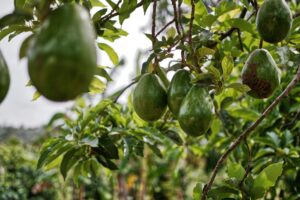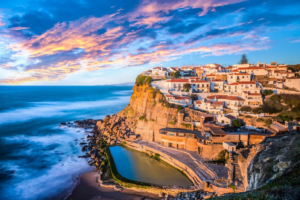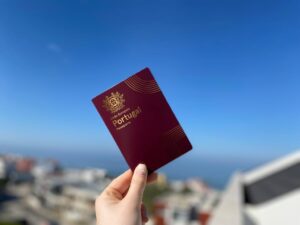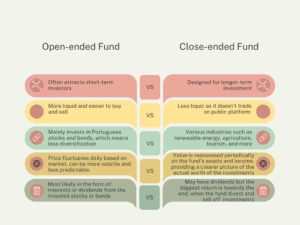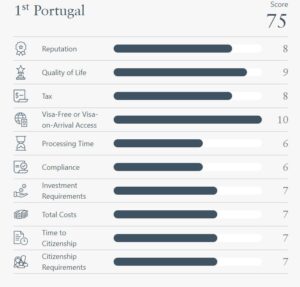Alcácer is one of the oldest cities in Europe with history that dates back to 1000 B.C. Alcacer Do Sal is in the Alentejo region, which is set in the South of Portugal, between the Tagus River and the Algarve. The east borders Spain and the west is bathed by the Atlantic Ocean. It is an extensive region, essentially rural and sparsely populated, which makes up about one third of Portugal.
Alentejo is a fascinating region with a rich history that runs through thousands of years. Its landscapes, architectural heritage, culture and monumental legacies are all unique and exceptional. Alentejo is underrated, as it is still under the radar for foreigners and it is for this reason, why many locals prefer Alentejo more than Algarve, which is becoming more commercialised.
This is the first of a series on the hidden gems of Portugal, to introduce some areas that are more off the beaten track, other than the usual Lisbon, Porto, Algarve.
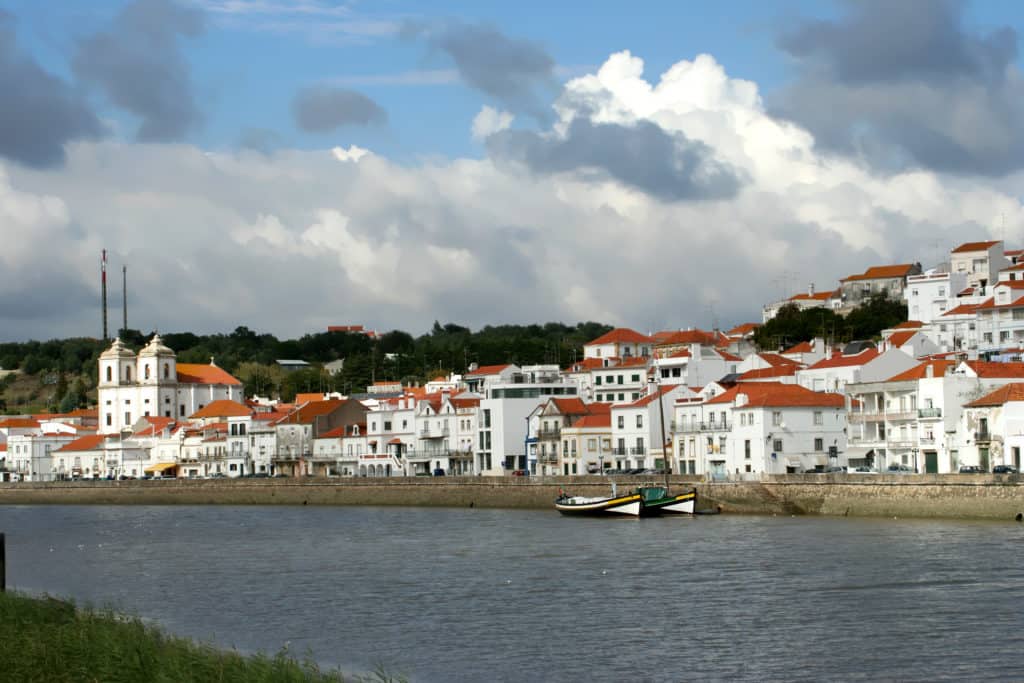
History & Cultural Asset
There has been human settlement in the area for more than 40,000 years; archaeological investigations have placed human presence here back to the Mesolithic Period, these principal settlements were abandoned by the Copper Age, but repopulated during the Iron age. Mediterranean trade, pioneered by the Phoenicians, introduced commercial colonies in Alcácer.
After the Third punic war, with the fall of Carthage, Alcácer was annexed to the Roman empire (around 1st-2nd century B.C.), and became known as Urbs Imperatoria Salacia in honor of the sea god Neptune’s wife, nymph Salacia, for its importance in the Iberian salt trade and the number of routes that crossed the area.
Then came the Moorish rule until being conquered for the first time by the Portuguese in 1160 and again taken by the Moors in 1191. In 1217 Alcácer was conquered by the crusades being the only permanent conquest of the Fifth Crusade. n 1218, Portugueses King Afonso II handed over Alcácer to the Knights of Santiago who took over the region in the following centuries.
Alcácer do Sal today, a fancy place to live or spend a vacation
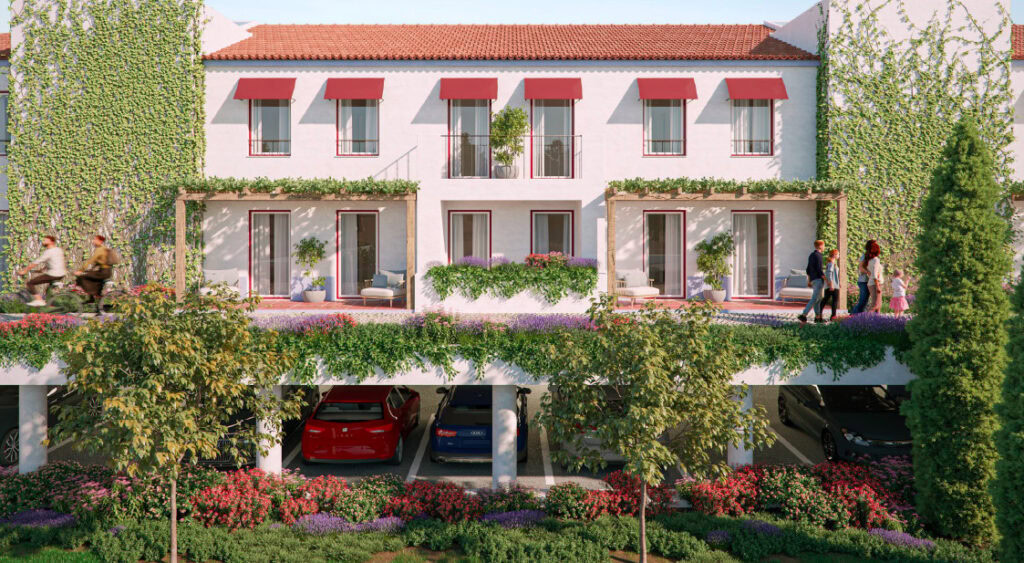
The peaceful small city of Alcácer do Sal, with 14.000 Habitants, is graciously laid over the right bank of the Sado river, in one of the most exclusive areas of Portugal, with beautiful views to the riverbank; rice plantations and Flamingo flocks. This city is 50 minutes drive from Lisbon airport (89km) and 20 min from Comporta beach.
Although a traditional a centre of rice cultivation and fishing, Comporta parish and villages have seen more interest recently with luxury tourism, associated with the white-sand beaches of the Sado estuary, and its proximity to the coastal beaches of the Atlantic, the longest uninterrupted stretch of beach in Portugal and third longest in the world (45km).
Its resident population is less than 1400 permanent inhabitants, although throughout the summer these numbers increase with the influx of vacationers and tourists.
Alcácer do Sal Highlights:
This Alentejo town is on the left bank of the River Sado, just before it widens into an immense estuary. The low-lying countryside is a patchwork of rice fields and coniferous woodland that yields a big pine nut harvest.
Alcácer do Sal is still marshalled by a medieval castle, with a superb museum in its crypt that brings to light 2,700 years of history. On the estuary you might catch sight of the resident pod of dolphins, and if you trace the river down to the coast the Tróia Peninsula has flawless white beaches that need to be seen to be believed.
Alcácer do Sal Castle
This rocky promontory by the Sado River has been inhabited since time immemorial.During the Moorish occupation it was an integral provincial stronghold with a powerful keep and 20 towers that climbed to over 25 metres. But by the 16th century the castle was obsolete and was turned into a convent.Neglect and earthquakes had left the site dilapidated until a pousada (heritage hotel) opened for business in the 1990s. In the upper reaches linger for a moment to appreciate the huge, flat expanse of the plain where rice fields line the course of the river.
Archeological Castle Crypt Source: www.visitalentejo.pt
There are 27 centuries of history in the subterranean galleries beneath the castle, and every few metres you’ll find yourself in a new civilization. These foundations, streets and forgotten buildings were found during the castle renovations in the 90s. The earliest traces down here are from the Iron Age, around 700 BC and from then on a succession of cultures left their mark, ending with the Moors in the middle ages.In the showcases are artefacts like busts, pottery and statuettes from each overlapping epoch.
Riverside Promenade – Alcácer Do Sal Riverfront
The tourist office on Largo Luís de Camões in Alcácer do Sal is a good starting point for a leisurely stroll beside the Sado River.
From the office you can look up to the castle at the top of the hill and back to the metallic bascule bridge from 1945 that lifts to allow sailboats to pass.
The townhouses and apartment buildings on the waterfront are all whitewashed and have bars, restaurants and cafes on their ground floors. There are benches in front of the water and moored on the opposite bank are vintage wooden sailboats that make excursions in summer.
Get in Touch with a Visa Specialist
Ready to find out which Visa is the perfect match for you? We offer a free complimentary consultation via video calls to address your unique needs and questions. To book your initial consultation, simply click here, or complete the form below.
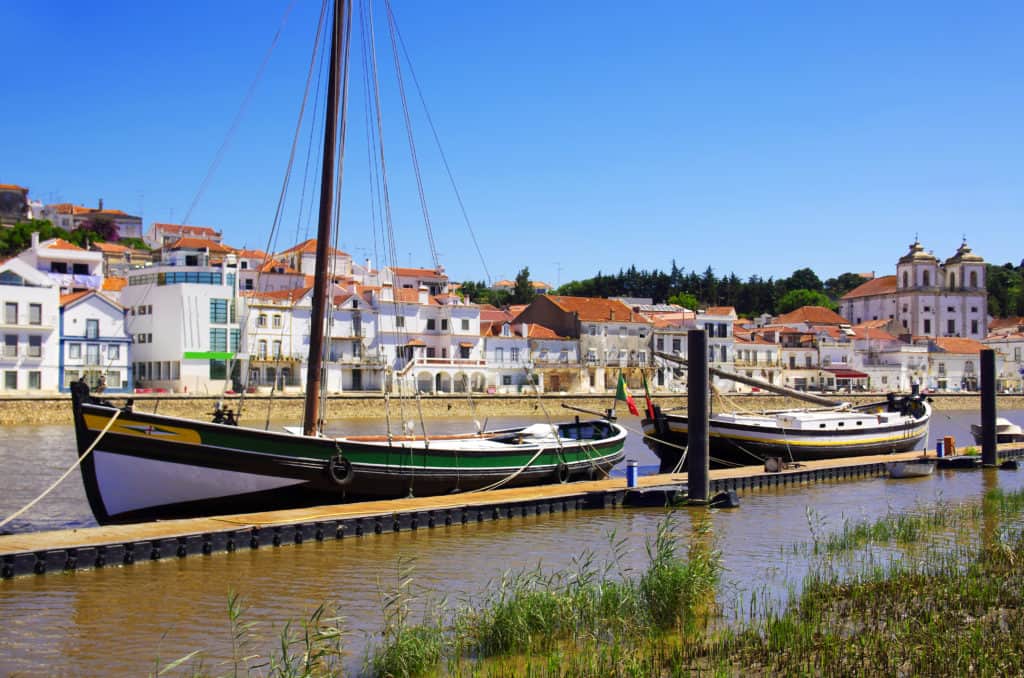
Tróia Peninsula
If Praia da Comporta has whetted your appetite for deserted white sandy beaches, you can continue up the peninsula for miles until you finally get to the tourist resort at the northwestern end.
On the ocean side the beaches never seem to stop, but human settlements are few and far between. If you’re lucky enough to watch the sun go down behind the Serra da Arrábida it’s a scene you won’t soon forget.
All of the beaches are suitable for bathing, but the one at the tip of the peninsula is a cut above. Pointing towards the estuary, the sugar-white Praia de Tróia could be on a tropical island. The water may be a little chilly, but it is tranquil, safe and totally transparent.
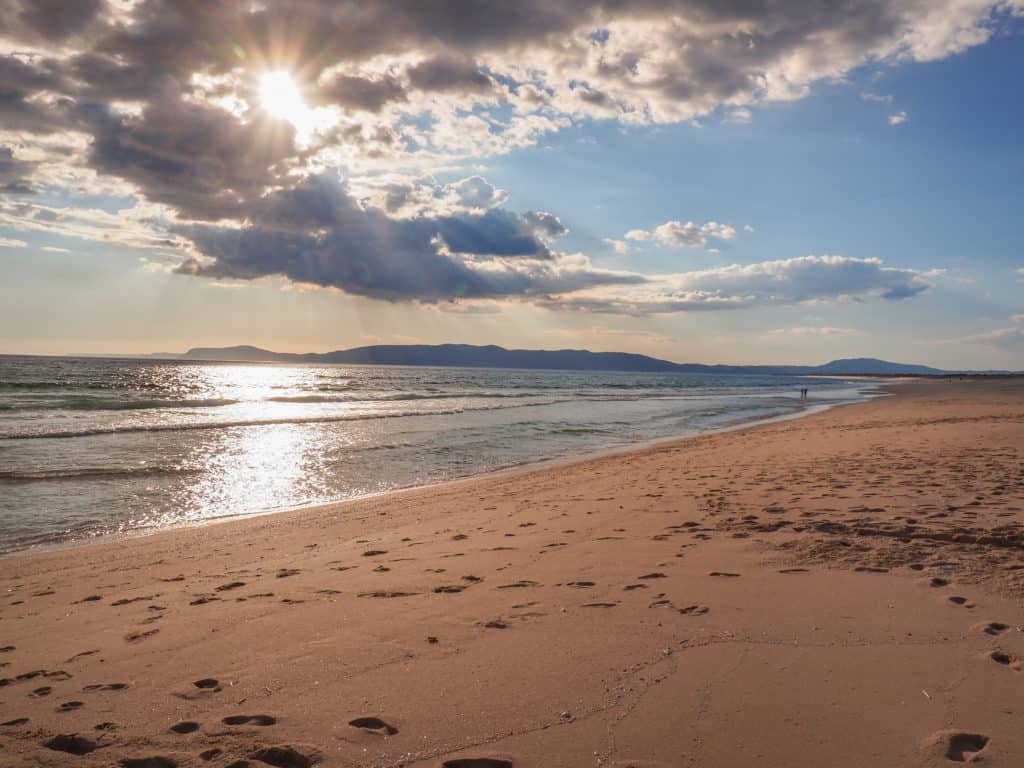
Sado River Trips
Keep an eye on the municipality’s website, because there’s a schedule of cruises along the Sado in summer.
These are on board the Pinto Luisa or Amendoeira sailboats, and can be full-day or half-day trips. On a day-long cruise you’ll cross the Sado estuary and moor up in Setúbal or the divine beaches at the tip of the Tróia Peninsula.
The whole time you’ll be clued up on the history and birdlife of this fabulous setting. And with any luck you’ll come across the dolphins that are the scourge of fishing boats in the estuary as they chew their nets to steal their catch!
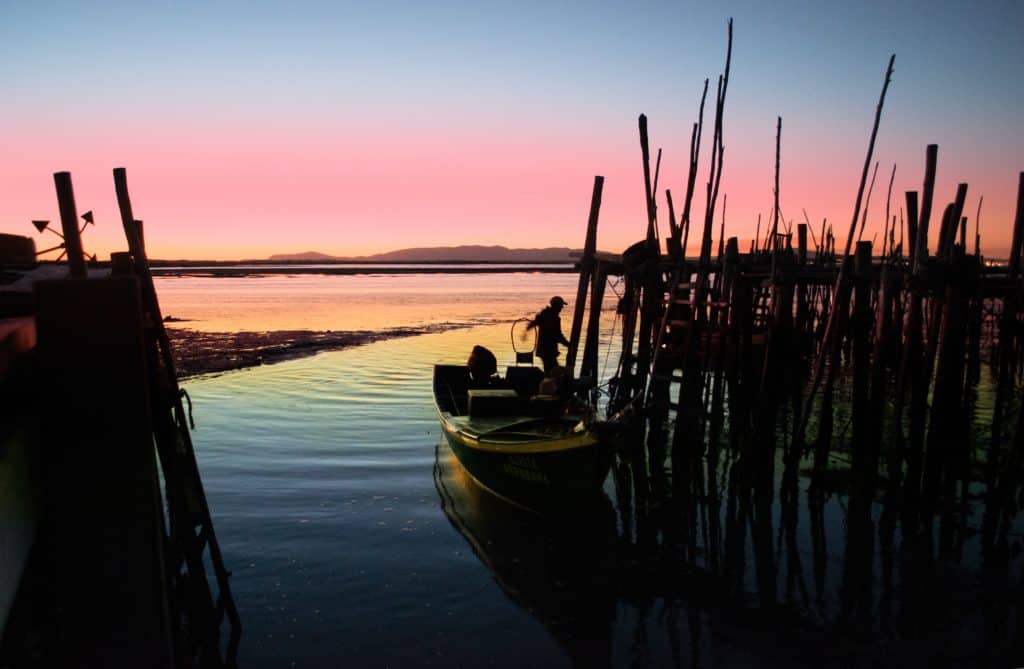
Portinho da Arrábida
One of the ‘’7 Wonders of Portugal’’
Tree photo created by wirestock – www.freepik.com
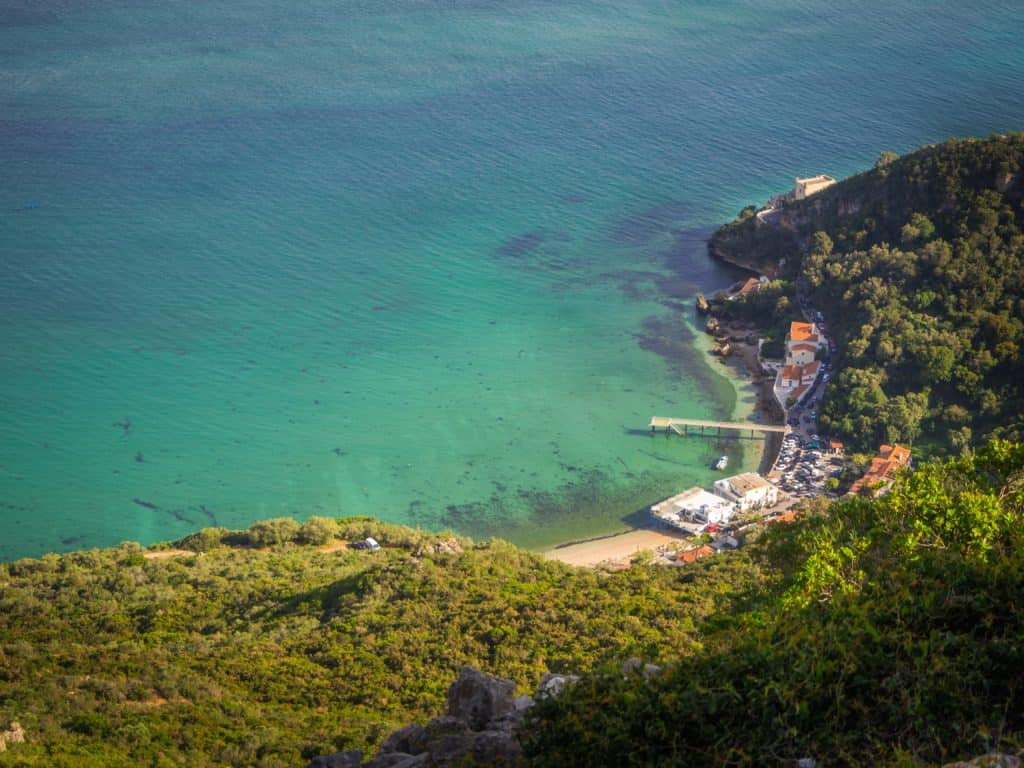
Galapinhos Beach
Acclaimed by European Best Destinations
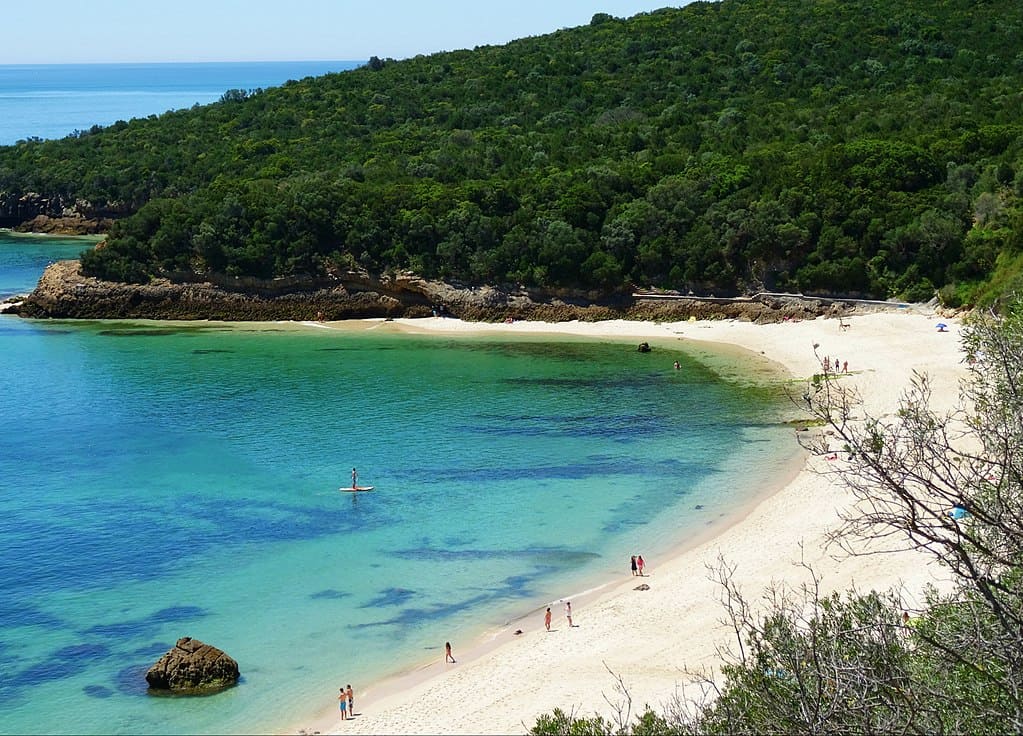
Local Food
Any food-lover from northern Europe will know that pine nuts can be pricey. But Alcácer do Sal is Portugal’s leading pine nut producer and you can get big bags for just a couple of Euros.
Along with the local honey, pine nuts are the main ingredient in the town’s pinhoadas confectionery. The estuary and ocean provide Alcácer do Sal with a lot of fish and seafood, and these are simmered with the rice for arroz de lingueirão (rice with razor clams).
Torrão, to the east of the municipality is in rolling hills of wheat and olive groves, and has made a name for its crusty bread and high-quality olive oil.
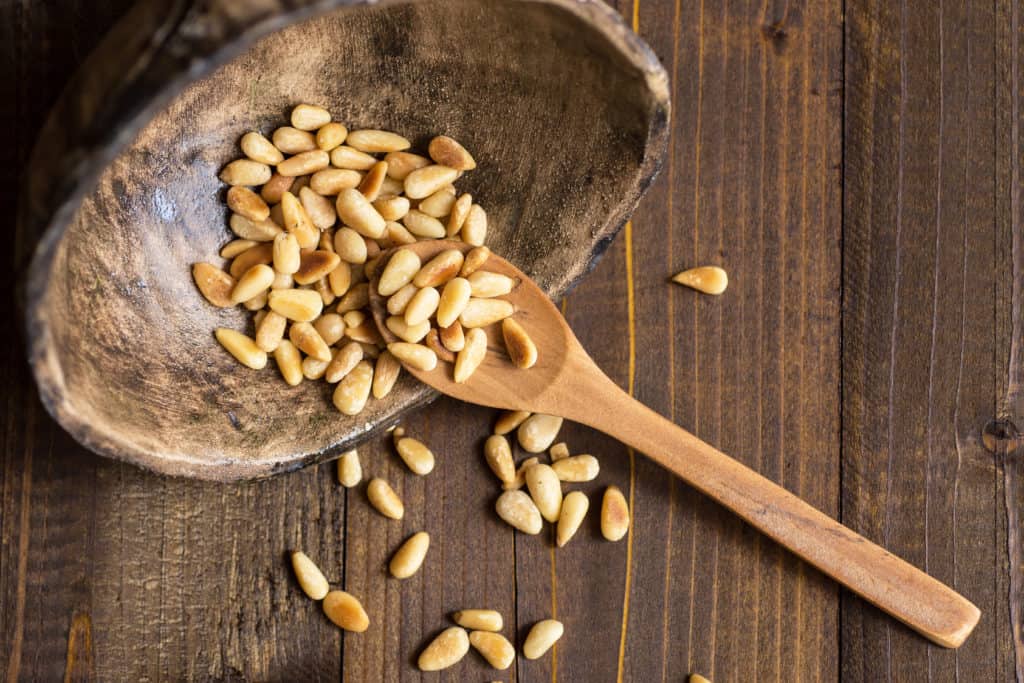
Investment Opportunities in Alcacer do Sal
Alcacer do Sal is situated in Setubal municipality and is one of the low density area closest to Lisbon. It is less than 1 hour drive away from Lisbon city centre. With residential property investment in Lisbon, Porto, and many coastal areas no longer qualified for Golden Visa by January 1, 2022, we are already seeing developers and investors already shifting into certain low density areas, and one of them is Alcacer do Sal.
The area is a popular vacation destination for Lisboner. Many would like to spend a long weekend to wind down and chill. It is a popular place for Lisboner to own a vacation home in this area. The area is also a favourite for Europeans, specially during the summer. It is a good base to enjoy nature and beach, while still be accessible to Lisbon.
If you are still not convinced, take a look at the media coverages that Portugal has gained, and notably Comporta and Melides area, near Alcacer do Sal recently through this link: https://www.costaterraclub.com/press





